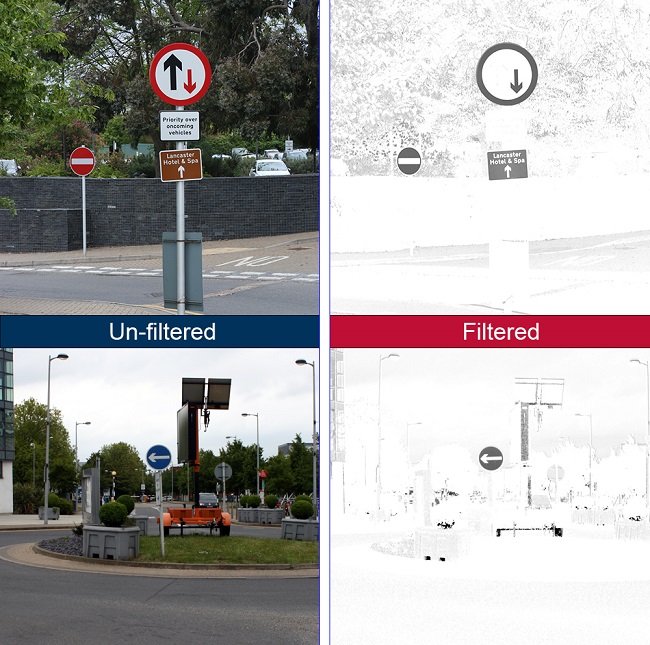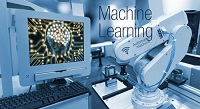
A research paper which revolutionized how cars read traffic signs has been recognized as the ‘most influential over the decade’ at a ceremony in Tokyo. The ideas the paper put forward have now found their way into everything from autonomous cars to controversial upcoming changes in EU law.
On-board traffic sign recognition systems, a common feature of modern cars, use cameras to detect, recognize and track road-side signs in real-time. Their most frequent use up until now has been to read passing speed limit signs and relay the information to the driver, but the technology appears destined to take on greater significance in future as we hand over greater driving responsibility to our cars.
The novel system, first published in a paper titled “A New Approach for In-Vehicle Camera Traffic Sign Detection and Recognition” in 2009, proposed to make use of the specific characteristics of road signs to quickly identify them in any scene.
“Where most previous systems had used standard methods of image recognition, we instead focused more on the special characteristics of the traffic signs,” said Dr Yongmin Li from Brunel University London, who co-authored the paper alongside PhD researcher Andrezej Ruta. “For example, road signs use a very small number of colors – red, blue, green, white, black and yellow – and they have regular shapes, either circle, triangle or square, etc. There is a relatively small number of possible candidate signs.”
The system effectively addresses the problem as a process of elimination – a super-speed, real-time game of ‘Guess Who?’ which quickly narrows in on the correct answer.
This research and its later extended work became the standard reference in its field after its publication. It’s thought that the research underpins many of today’s commercial in-car systems. While in 2009 traffic-sign recognition was seen as a neat feature for high-end cars, today it’s taken on a new level of importance, and is now considered a key aspect in the future of autonomous and semi-autonomous cars.
“To be honest, ten years ago we saw this problem as very interesting, but on a much smaller scale,” said Dr Li. “The area we addressed is the same as the one they’re having to address with autonomous cars now, but at the time, demand and the extent of the problem were much smaller. The research though still addresses one of the big problem areas for autonomous cars – in particular, when driving in rural areas where maps aren’t necessarily reliable and the car is having to rely on real-time feeds of what the cameras see.”

Traffic sign recognition systems have been controversial in recent months after the European Union proposed laws which would use them to automatically limit the speed of all new cars manufactured after 2022. The law, which has only been provisionally agreed but which the Department for Transport have said would be implemented regardless of the outcome of Brexit, insists new cars use ‘Intelligent Speed Assistance’ (ISA), a hybrid system that uses GPS and traffic sign recognition to stop cars going over the speed limit. Whilst the system can be overridden, it’s hoped its implementation will save around 25,000 lives within 15 years.
“As researchers we feel happy and satisfied with what we’ve been doing, and that we can make some real changes to the real world,” said Dr Li.
Recognition for the paper came at the IAPR Conference on Machine Vision Applications (MVA), the major biennial event for the International Association for Pattern Recognition, which this year was held in Tokyo. The MVA Most Influential Paper over the Decade Award is given to the authors of a paper presented to the conference ten years ago, which went on to have a significant influence on machine vision technology over the subsequent decade.
Sign up for the free insideBIGDATA newsletter.





Speak Your Mind